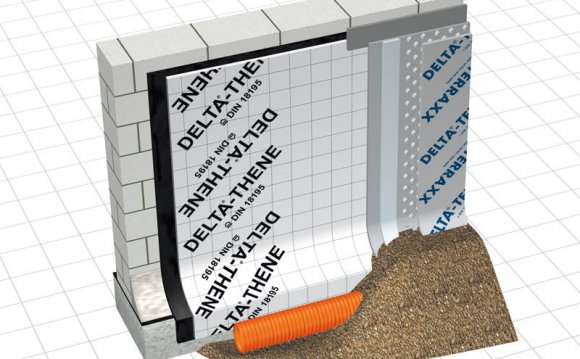
This product acts like rubber. Heck it may be some type of rubber. I just use because it is sold with ICF walls and to run down on the footing.
But, to answer your question, yes and know. The product seems to cover difference surface levels if the angle of change is less than about a 45 degree angle. If the taper of angle changes is more than a 45 degree, the material will pull away from the surfaceBut, to answer your question, yes and know. The product seems to cover difference surface levels if the angle of change is less than about a 45 degree angle. If the taper of angle changes is more than a 45 degree, the material will pull away from the surface when the temperature changes. Also if applied when it is too hot, (70-80+) the membrane will mold pretty well, but as it shrinks, it will pull away when the temperature . Note that the subterranean temp will be between 50 and 58 degrees according to how far the structure is from the equator.
It is good to know that if you use the correct overlap, the product as a whole unit should be pretty water resistant, even if parts don't remain stuck to the surface. The edges of the membrane really adheres to itself very well. But when it pulls away from steep angle changes or irregular shapes, the space will become a void and a great place for moisture pockets.
I personally feel the best choice would be to use a parge or masonry mixture to "feather" the wall more even and permit it to dry a couple days before using this membrane. You can also use a narrow rubber roller to get the best adhesion to the wall. Good luck








